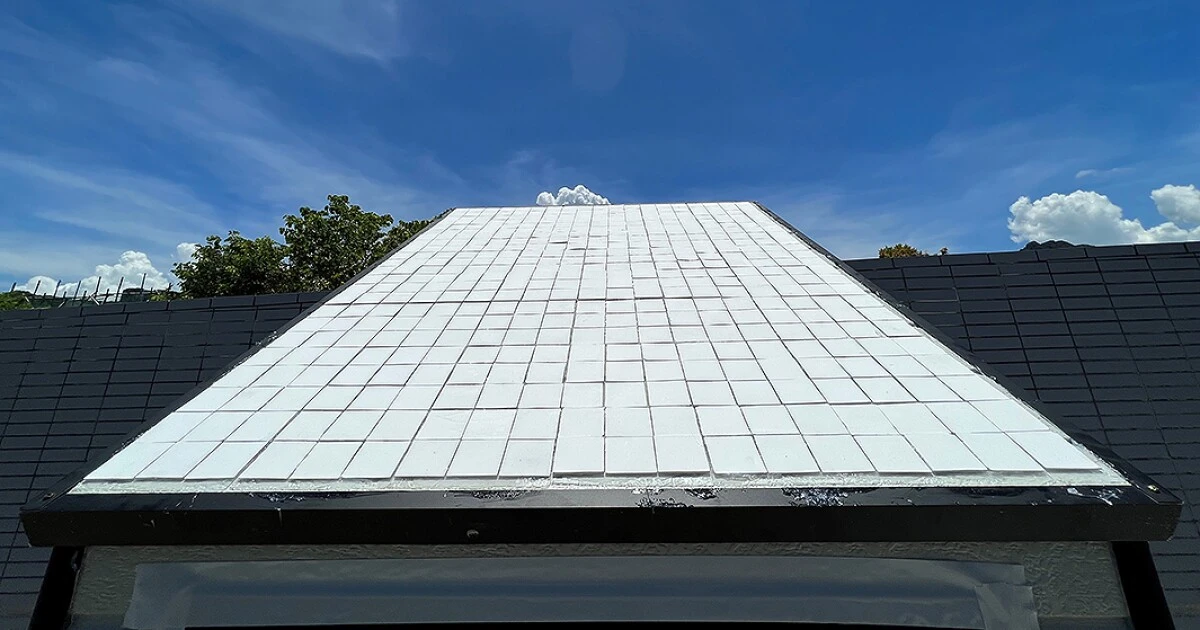Ultra-white ceramic cools buildings with record-high 99.6% reflectivity
Ultra-white ceramic cools buildings with record-high 99.6% reflectivity

newatlas.com
Ultra-white ceramic cools buildings with record-high 99.6% reflectivity

Ultra-white ceramic cools buildings with record-high 99.6% reflectivity::undefined
